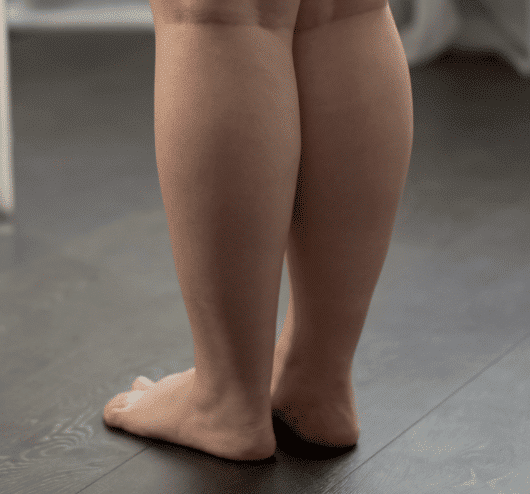
Cankles: Understanding and Addressing This Aesthetic Concern
Daniel J Farrugia MD PhD FACS
May 9, 2023
Liposuction
Daniel J Farrugia MD PhD FACS – Liposuction, Fat Transfer, BBL in Chicago
Daniel J Farrugia MD PhD FACS
May 9, 2023

Lipedema presents various symptoms that can help differentiate it from other conditions, such as lymphedema or obesity:
Diagnosing lipedema can be challenging, as many healthcare professionals are unfamiliar with the condition. It is crucial to consult a specialist with experience in diagnosing and treating lipedema for accurate assessment and appropriate management.
Conservative treatments: The primary goal of conservative treatments is to manage symptoms and prevent the progression of lipedema. These treatments include: a. Compression garments: Wearing compression stockings or garments can help reduce swelling and improve circulation in the affected areas. b. Manual lymphatic drainage (MLD): A specialized massage technique, MLD helps stimulate the lymphatic system and reduce swelling. c. Exercise: Regular low-impact exercises, such as swimming, walking, or yoga, can help improve circulation and maintain mobility. d. Nutritional support: Adopting a balanced, anti-inflammatory diet can help manage weight and reduce inflammation.
Surgical treatments: In more advanced cases, surgical interventions may be necessary to reduce pain, improve mobility, and address aesthetic concerns. Some surgical options include: a. Liposuction: Specialized liposuction techniques, such as water-assisted liposuction (WAL) or tumescent liposuction, can help remove excess fat in the affected areas. b. Lymphatic-venous anastomosis (LVA): This microsurgical procedure aims to improve lymphatic drainage by creating connections between the lymphatic vessels and the venous system.
We offer a one-time complimentary in-person consultation at our beautiful Chicago office. We also offer virtual video consultations for a small fee which is applied towards your procedure. Click below to start your journey.